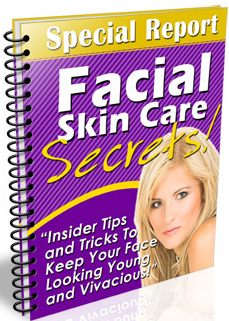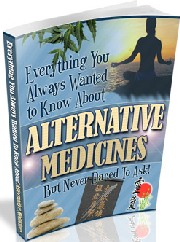* Types of Burns
o First-degree: only surface skin involved, accompanied by mild pain. Color: light to medium red
o Second-degree: deeper skin layers involved, accompanied by swelling, more pain and blisters. Color: darker red
o Third-degree: all skin layers destroyed, along with nervous sensation, though surrounding tissue is in pain. Color: white or charred
o Warning: If you have third-degree or second-degree burn on your face, hand, feet, genitals or anywhere else larger in size than the palm of your hand – see a doctor immediately. Do not attempt to self-treat or use the remedies below. Elevate burned area while waiting for help.
o If you have a first degree or small second degree burn (smaller than the palm of your hand), apply a cold compress to area immediately for 10 minutes or until pain subsides. Do not apply ice directly as that can damage the skin. Alternately you can immerse the body part burned in ice water.
For simple and natural sunburn care, visit treat sunburns.
* Remedies
o Aloe Vera, native to Africa, is by far one of my favorite plants and remedies. I grow it at home for accidental burns. Aloe vera also stimulates cellular metabolism and helps skin renew itself. The gel inside reduces inflammation, eases pain and speeds healing.
Cut the stalk at the base and slit it horizontally to expose the gelatinous core. Cut a large piece of the thickest and juiciest part of the stalk and place it directly on the burn, covering it completely. The most potent aloe juice is at the bottom of the stalk. Cover the piece with gauze and tape to keep it in place. Leave it on overnight, changing it a couple times throughout the day.
Refrigerate the rest of the aloe, and use it the next day to make a fresh compress. Repeat until the skin is healed. The nice thing is you can also add it to salads as it is rich in vitamins, enzymes, amino acids and minerals.
o Apple cider vinegar helps balance the skin’s pH (acid/alkaline balance). Get an organic, unfiltered brand that has been wood-aged. Soak a cotton ball or gauze in it and apply to burn. Freshen with a new compress if needed and keep until pain lessens. Vinegar should only be applied to first degree burns.
After the application, use the aloe vera or lavender oil remedy listed here to speed healing.
o Yogurt helps counteract hot and spicy foods by re-establishing the acid/alkaline balance. It works the same way for burned skin. Get plain, natural, full-fat yogurt with live cultures (preferably organic). Wrap it in several layers of cheesecloth or a thin 100% cotton towel and place on burn. Replace with fresh yogurt as it warms on the skin. Repeat until the skin is cooled and calmed.
Alternately, you can just spread the yogurt on the entire body or affected area, and then rinse off in a cool shower.
o Lavender oil became popular as medicine in the middle ages and is famous for being a relaxing herb. It soothes the skin and is one of two essential oils that can be applied undiluted to the skin (tea tree is the other). Lavender promotes healing of the skin, calms the nerves and eases the pain of the burn.
If the burn is a large area, lavender essential oil can be combined with a carrier oil, such as sweet almond, castor, coconut, olive or sesame. Don’t apply oil to a fresh burn as that will make it burn more. Depending on the severity, wait a couple hours to a day before applying.
o Calendula is a versatile and popular herb in Western herbal medicine with bright orange petals. Its antiseptic, anti-inflammatory and cooling properties are great for inflamed skin and burns, speeding up repair of the skin and helping prevent spread of infection. Like aloe, it’s contained in many over-the-counter burn products. To use, steep 1 heaping tablespoon of herbs in 1 cup of water. Let stand about 10 minutes, strain and when it cools soak a clean cotton cloth or piece of gauze in it and apply to affected area.
For more home remedies visit key to being healthy.
References
- “The Herbal Drugstore” Linda B. White, M.D., Steven Foster, and the Staff of Herbs for Health, 2000
- “Encyclopedia of Herbal Medicine”, Andrew Chevallier, FNIMH
- Folk Remedies For You
- Botanical.com
Fetch handy facts about home business – dig into quoted web page.



